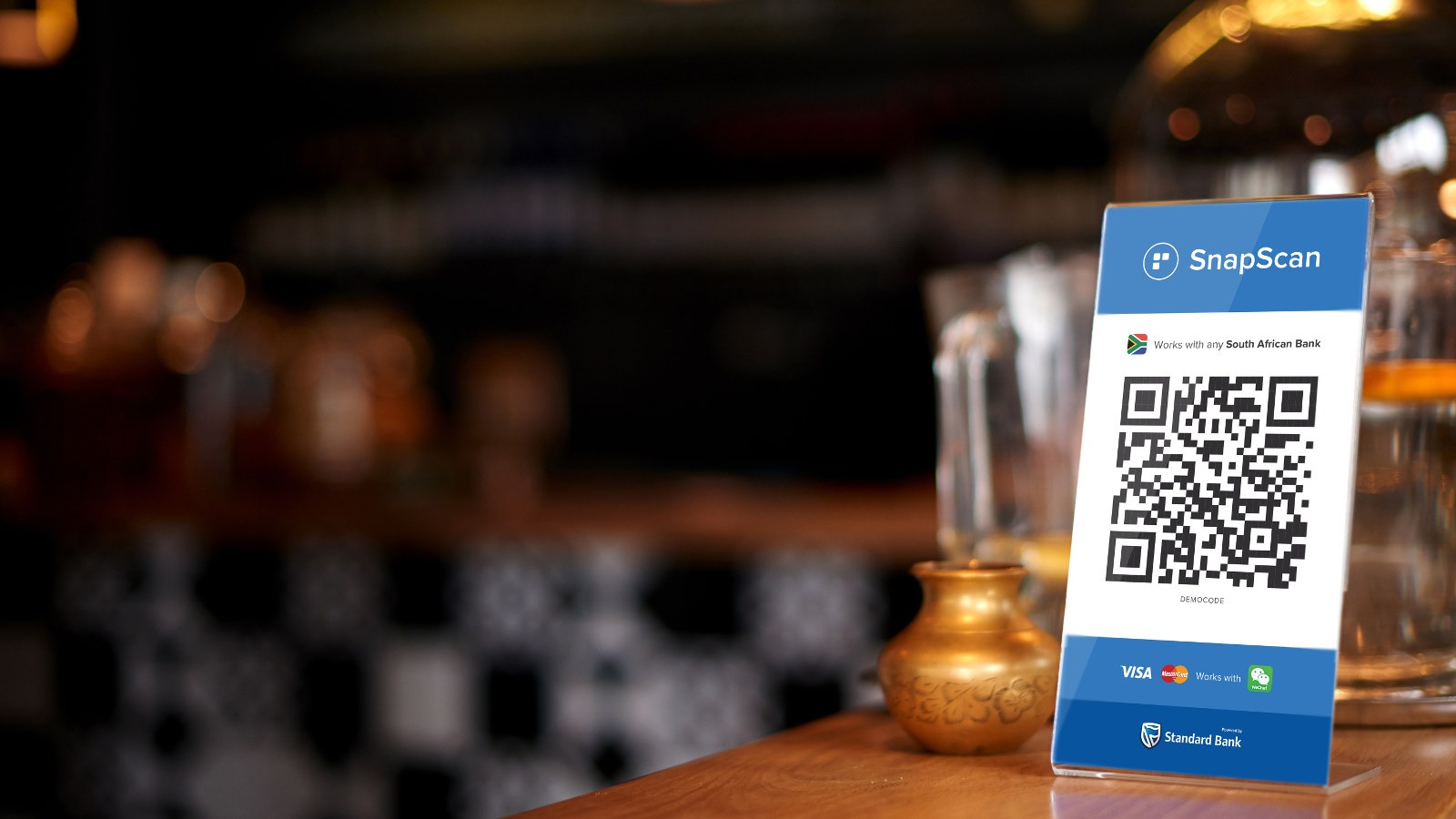
Most people have at least one brand that they love – but few of us ever stop to think about what went into making that brand so iconic that you can’t stop yourself from reaching for it on the shelf or downloading it from the app store.
According to brand consultant Raymond van Niekerk, former Global Head of Marketing at Investec, good brands are almost always the result of a lot of blood sweat and tears behind the scenes – and it starts before the product or service has even been launched.
“By following the process of creating a solid brand for your company or product at the outset, you will have a clarity of purpose that will serve your business well,” he says. “Branding is a discipline; it is a verb, not a noun.”
Van Niekerk, who brought the zebra to the Investec brand and convenes the Brand Creation for New Ventures programme at the UCT Graduate School of Business (GSB), advises anyone tasked with creating a new brand or product to consider four key fundamentals.
1. Be clear on your purpose, and get the naming right
Investec had already established its identity as an “out of the ordinary” financial institution when van Niekerk was tasked with overhauling the brand. With his team, they found the ideal icon in the zebra – each animal’s stripes are unique, and the association with Africa and its diversity reinforced their South African origins as the company grew globally. Investec had established its core purpose, and the various branding elements fell into place because this fundamental was in place.
“You need to start by taking a critical look at the purpose of your business or product and this includes making sure your name reflects this,” van Niekerk says. He cites Snapscan as a good example of a South African brand that has achieved this. “The naming of Snapscan is spot on,” he says. “The name tells you what it is, the functionality of purpose is so astonishingly clear, and the simplicity of their communication reflects the ease of use of the app.”
2. Understand the branding toolbox
Knowing what brand architecture is and the tools that can be used to create it, gives you a big-picture view of the role branding plays in your business. The physical aspects of a brand include the logo or the typography, and an understanding of the purpose of iconography and the psychology of branding. The toolbox includes your advertising, social media and public relations, and how they fit together.
“When each one of these elements is in alignment – your customers will be getting a consistent and reinforcing message across all touch points. This starts to build a distinctive personality for your brand that makes it instantly knowable – and loveable – provided of course the brand’s purpose is front and centre,” says Van Niekerk.

3. Make sure your brand architecture has room to grow
A strong foundation will stand you in good stead when your business grows – and you should always start a business with the intention to grow. The structure created by the branding process can help you maintain brand integrity when developing new products and it facilitates brand extensions, partnerships and endorsements. Van Niekerk again cites Snapscan as a good example of this.
“Now that Snapscan is associated with Standard Bank for instance, their brand clarity ensures that it is not drowned out by the Standard Bank brand,” he says. “They appear to be seamlessly maintaining their brand identity while partnering with a powerful brand.”
4. Align your brand and corporate culture
The visual and verbal language you have developed using the branding toolbox must be used to convey the tone that suits who or what you are as a brand – and this needs to permeate your entire organisation.
“If you create a brand that says informal and open, and your corporate behaviour is formal and aloof, your clarity of purpose is lost, both for your customers as well as for your employees, who are an integral reflection of a brand,” says van Niekerk.
If owners, managers and product developers can be involved at the inception of a brand, and have “buy-in” to everything the brand represents, many potential problems can be avoided.
Van Niekerk feels that branding therefore is not just for marketers, but also for top executives at big brands, small and medium sized business owners, as well as for the entrepreneurs who are about to go guns blazing into a new venture.
Uber is a prime example of the dangers of not getting this right. Despite developing a fantastic business model and with it a brand that was functionally perfect in its delivery of a product, Uber finds itself in hot water now following a series of scandals relating to, amongst other things, data breaches which they did not divulge, sexual harassment claims, accusations of poor treatment of drivers. This has contributed to the overall tarnishing of the brand.
“There are the physical aspects of the brand that you can control, then there are the concepts and the perceptions, and you can only hope to influence those,” says Van Niekerk. The magic of branding is about learning which is which and then making sure you do what you can do consistently over time.”






